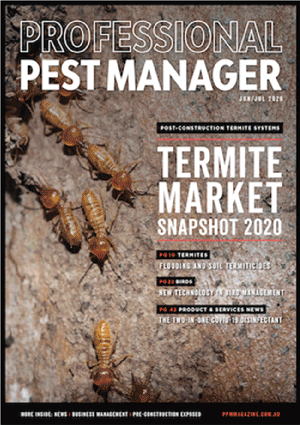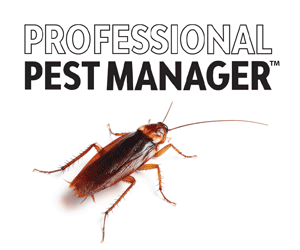Dr Don Ewart explains why knowing how your staff learn and acquire knowledge is incredibly valuable, as continual learning on the job is essential for being a good pest manager.
Neil Fleming was a teacher in New Zealand who explored how his students learned in different ways. He went back to university and developed, as New Zealanders tend to do, a very useful and simple model. His ‘VARK’ model identified four different learning styles, Visual (need to see), Auditory (need to hear), Reading & writing and Kinaesthetic (actively doing or being involved).
As educational theorists do, it’s been argued, copied, denied, expanded and tested ever since. But Neil’s model works. Those of you who have done marketing training will recognise a similarity with NLP (doesn’t matter if you don’t). We all learn a bit using each of these approaches but we tend to favour one of them over the others. Teaching, even quality teaching, touches us all differently. Here’s a table that helps:
What works well for each VARK learner type:
|
Visual (see) |
Auditory (hear) |
Reading & writing (language processing) |
Kinaesthetic (active participation) |
|
Charts Diagrams Designs Colours & fonts Formatted text |
Discussion Argument Debate Video Audio recordings Music Seminars |
Reading Note taking Essays Textbooks Handouts Multiple choice questions |
Doing the work Handling the tools Touching models Guest speakers |
Can you remember a kid from school with coloured pens who wrote out neat notes and often as not came back with them re-written and even neater? That’s ‘VR’ dominance. A ‘V’ dominant person will look at this VARK diagram, respond to the colours and icons, and retain a lot of what’s there.
Most of our class learning and a lot of online learning best suits ‘A’ learners. The trouble with hearing is that we tend to put the new stuff in our short-term memory. Try it; listen to MP3s of my interviews at drdons.net/media and again a few weeks later. I guarantee that you’ll have forgotten heaps from the first hearing. To really bed down the information we need to tie in some ‘V’, ‘A’ or ‘K’ events or go over it later using our ‘R’ skills. Bottom line is that, for pest technicians, nothing seems to work better that a solid, quality, ‘K’ experience. We learn best of all by doing.
Formal learning materials can be too rigid and are often stale. I remember when I went back to university, sitting in my professor’s opening lecture and hearing the same joke I’d heard several years before. He was just reading from old notes. Later, I found the guy who had, years before, written the lecture from a textbook and added the joke. Teaching material must be fresh and current and it must suit the audience. Take a look at this picture.
Your trainees grew up with digital music and probably have no idea how a pencil can help with a cassette tape. Along the same lines, don’t waste precious time on stories about how good chlordane and the other organochlorines were. Do they really need to learn about carbamates and organophosphates? I’ve been teaching pest management since the 90s and have never given the exact same class twice. Just can’t do it. I always pick up on the audiences’ needs and experience and adjust on the fly.
Bottom line is that it pays to assess learning options based on how they meet need, not just on habit or reputation, and certainly not on price or because the lessons are all available online. If the learners are your technicians, keep asking them to explain what they’ve learned and make sure they get to put that knowledge to work. That way you can ensure quality and also adjust for company policy. If the learner is you, play to your strengths and seek the opportunities that suit your learning style. Like the kid with the neat handwriting, don’t be afraid to take and revise your notes.
Dr Don Ewart
Dr Don Ewart is a termite scientist who undertakes consulting, contract research and teaches at NMIT. Dr Don chairs the termite Standard committee and is a co-author of the Code of Practice for Prior to Purchase Timber Pest Inspection. Dr Don can be found at Dr Don’s Termite Pages.




